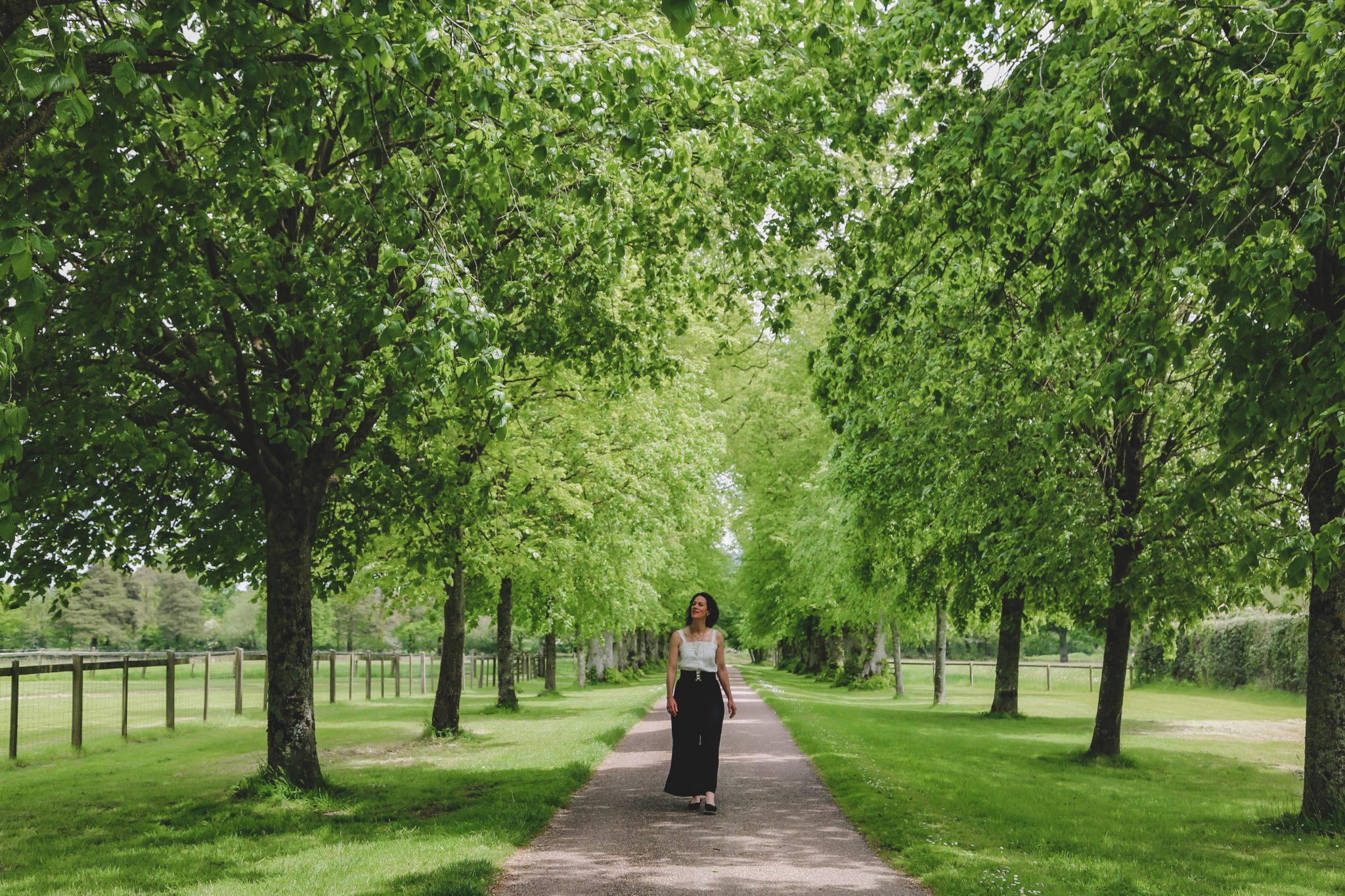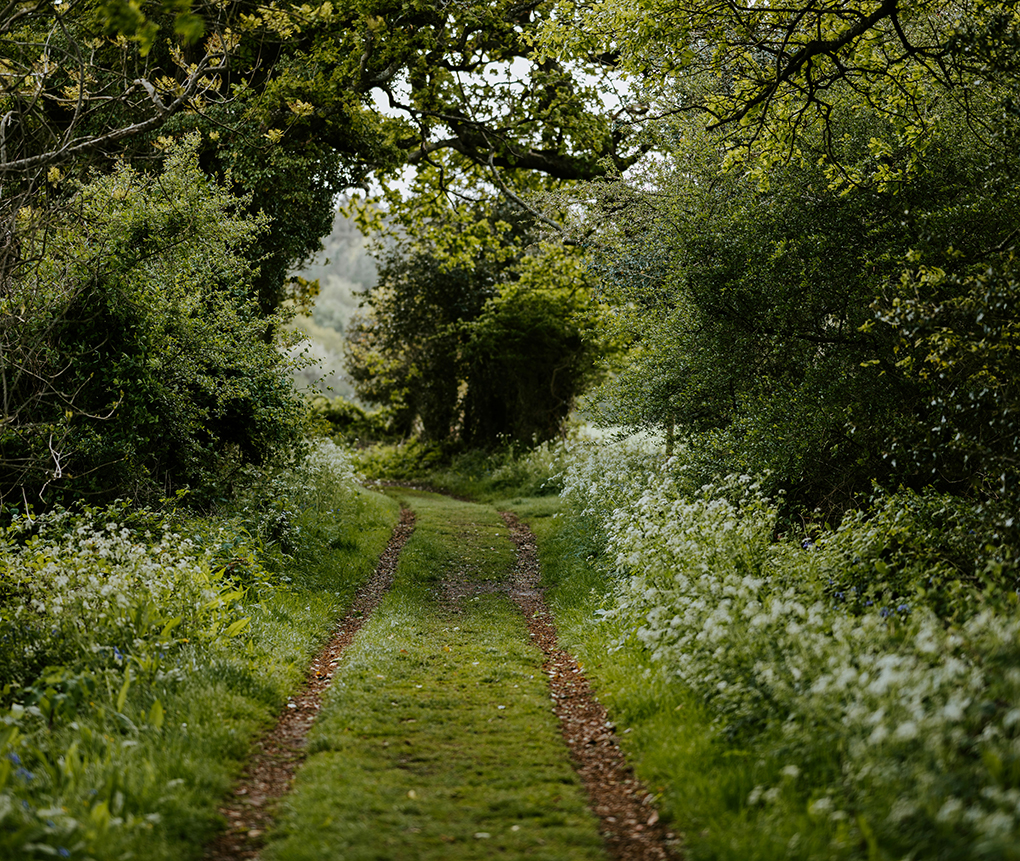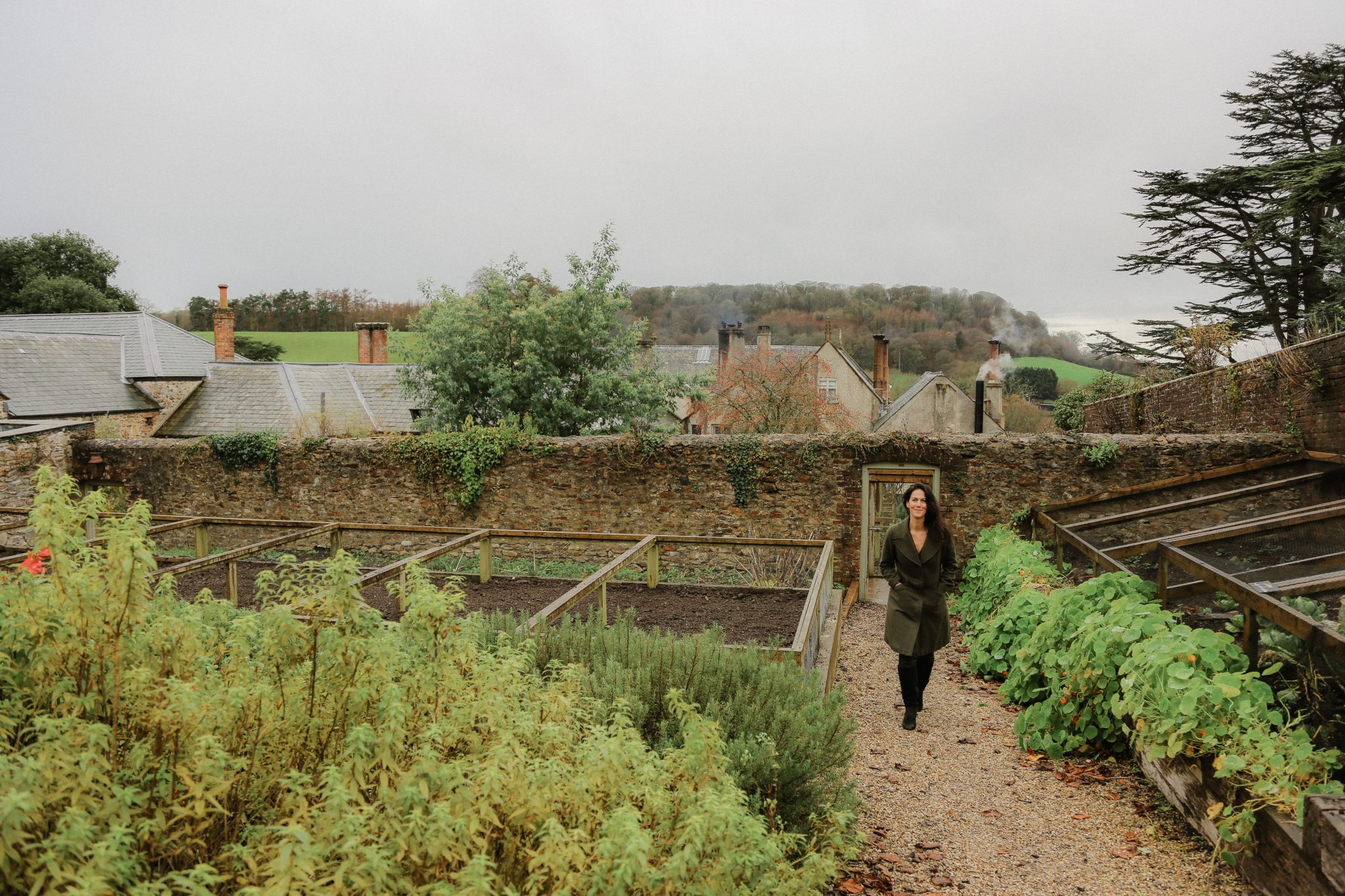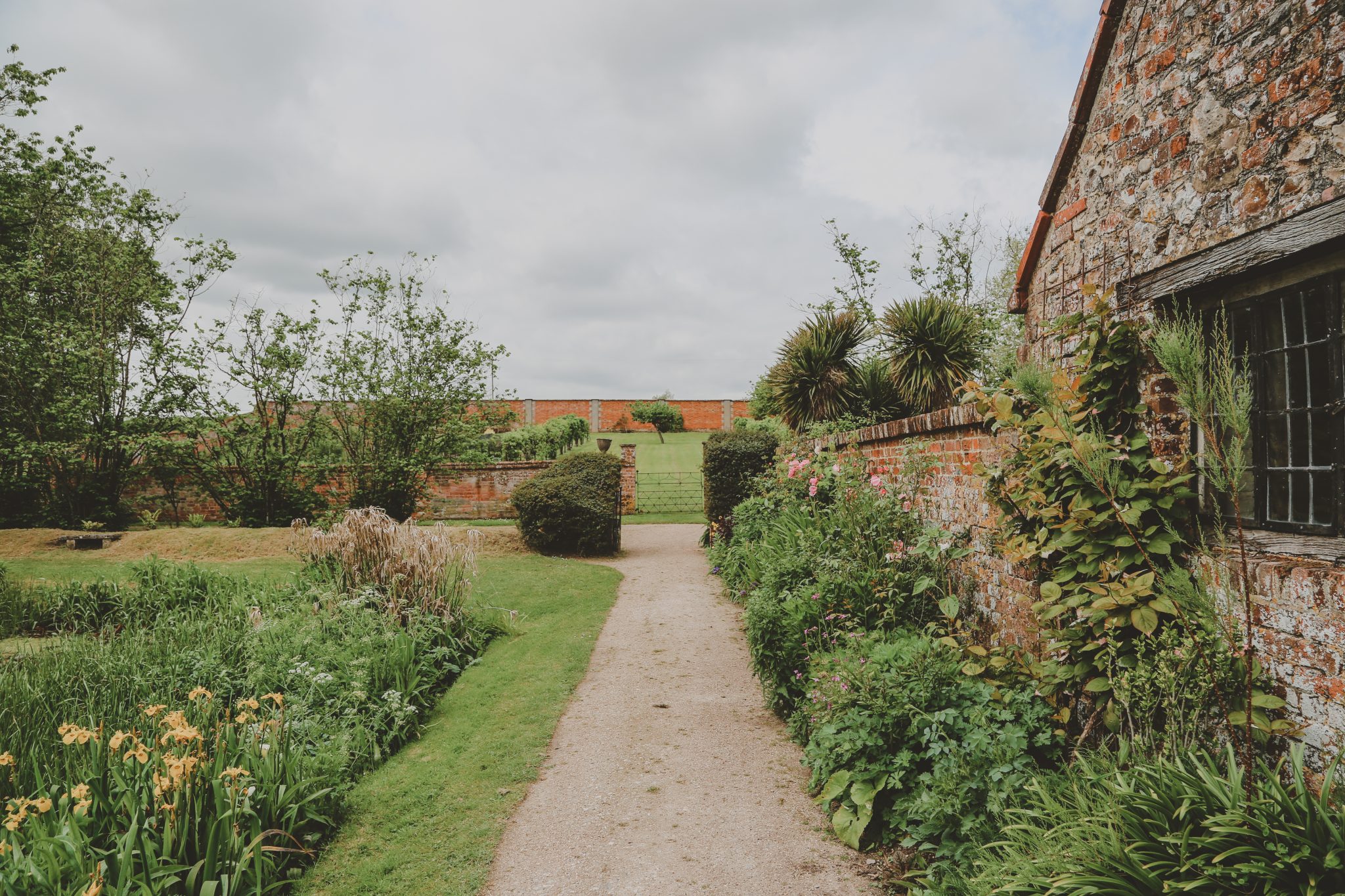Writers are often portrayed as stationary creatures—seated at desks, hunched over notebooks, or tapping away at keyboards. But writing doesn’t always happen at a desk. In fact, I know from personal experienced that some of the best writing starts when we step away from our workspace and take a walk. Walking, as it turns out, isn’t just an act of movement; it’s a powerful tool for stimulating creativity and deepening the writing process including different kinds of thinking (divergent and convergent thinking).
Here’s how walking can transform your writing life, along with practical tips for integrating this practice into your creative habits.
1. The Creative Connection Between Movement and Mind
Walking has long been championed by writers, poets, and philosophers as a catalyst for creativity. Virginia Woolf walked the streets of London to generate ideas, and William Wordsworth was said to have walked nearly 180,000 miles in his lifetime, composing poetry as he roamed. Writing and walking are linked by the kinds of thinking provoked in the writer.
“Only thoughts reached by walking have value.” – Friedrich Nietzsche
Why does walking work so well for writers?
- Improved Focus: The rhythmic act of walking clears mental clutter, allowing ideas to flow more freely.
- Increased Blood Flow: Walking stimulates blood flow to the brain, boosting cognitive function and creativity.
- Environmental Inspiration: The sights, sounds, and smells of the world around you can provide fresh sensory details and story ideas.
Walking is, in essence, a moving meditation that connects the body and mind, creating fertile ground for inspiration.
2. Using Walking to Break Through Writer’s Block
When words refuse to come, walking can help shake things loose. The repetitive motion calms the mind and provides a gentle distraction, allowing ideas to surface naturally. Often, the solutions to creative blocks appear when we’re not actively seeking them.
Quick Tip:
The next time you’re stuck on a scene, character, or sentence, lace up your shoes and head outside. Don’t force yourself to think about the problem—simply let your mind wander. You might be surprised at the clarity you gain by the time you return.
3. Walking as a Tool for Story Development
Walking allows you to inhabit your story in a visceral way. Whether you’re brainstorming plot points or crafting vivid descriptions, the act of walking can deepen your engagement with the material. Try this exercise:
- Imagine Characters Walking Beside You: If you write fiction, ask yourself how do they move? What do they notice? What would they say about the environment around you?
- Describe the Path You’re Taking: Whether it’s a forest trail, a city street, or a quiet neighborhood, practice capturing the essence of the place in vivid detail. These observations may become the seeds for future stories.
“All truly great thoughts are conceived while walking.” – Friedrich Nietzsche
4. Building Creative Walking Habits
To make walking a consistent part of your writing routine, treat it as a sacred ritual rather than an afterthought. My students know that I walk in a meditative manner every morning along the Exeter Ship Canal. The water acts as a mirror of the sky and silence or the dawn chorus makes a beautiful soundscape. Here’s how:
- Set a Walking Schedule: Choose a time of day that works for you—morning to spark ideas, afternoon to refresh, or evening to reflect.
- Carry a Notebook or Phone: Inspiration can strike at any moment. Keep tools handy to jot down thoughts or record voice memos.
- Choose Your Environment Intentionally: Walk in places that align with the tone of your writing. A bustling city street might inspire dialogue, while a forest trail may evoke introspection.
Read my book Writing Wild: Women Poets, Ramblers, and Mavericks to discover how walking was essential to so many female nature writers.
5. Transforming the Mundane into Magic
One of the most beautiful things about walking is its simplicity. Even a short stroll through familiar surroundings can reveal new perspectives. The key is to approach your walk with curiosity and openness. Notice the small details: the texture of tree bark, the scent of rain, or the rhythm of your footsteps. These sensory experiences can enrich your writing in ways that no amount of desk time ever could.
6. Writing and Walking as Self-Care for Writers
Writing is an intellectually demanding craft, and it’s easy to burn out. Walking provides a gentle form of self-care, offering mental rejuvenation and physical well-being. It’s a time to step away from the pressures of deadlines and reconnect with the joy of creativity.
Additional Resources
- Take a Nature Writing Course with Me: Online Creative Nonfiction Writing Courses | Kathryn Aalto
- Research on Walking and Creativity:
A Stanford study found that walking increases creative output by an average of 60%. - Books on the Subject:
- Wanderlust: A History of Walking by Rebecca Solnit
- The Old Ways: A Journey on Foot by Robert Macfarlane
Final Thoughts: Embrace the Path
Writing while walking is a timeless practice, one that allows you to connect with your surroundings, clear your mind, and deepen your creative process. Consider the time of day most conducive to expansive thinking and try to make that a part of your writing practice. The next time you feel stuck or uninspired, step away from the page and take to the path.
Your best ideas might be waiting for you just around the river bend.



